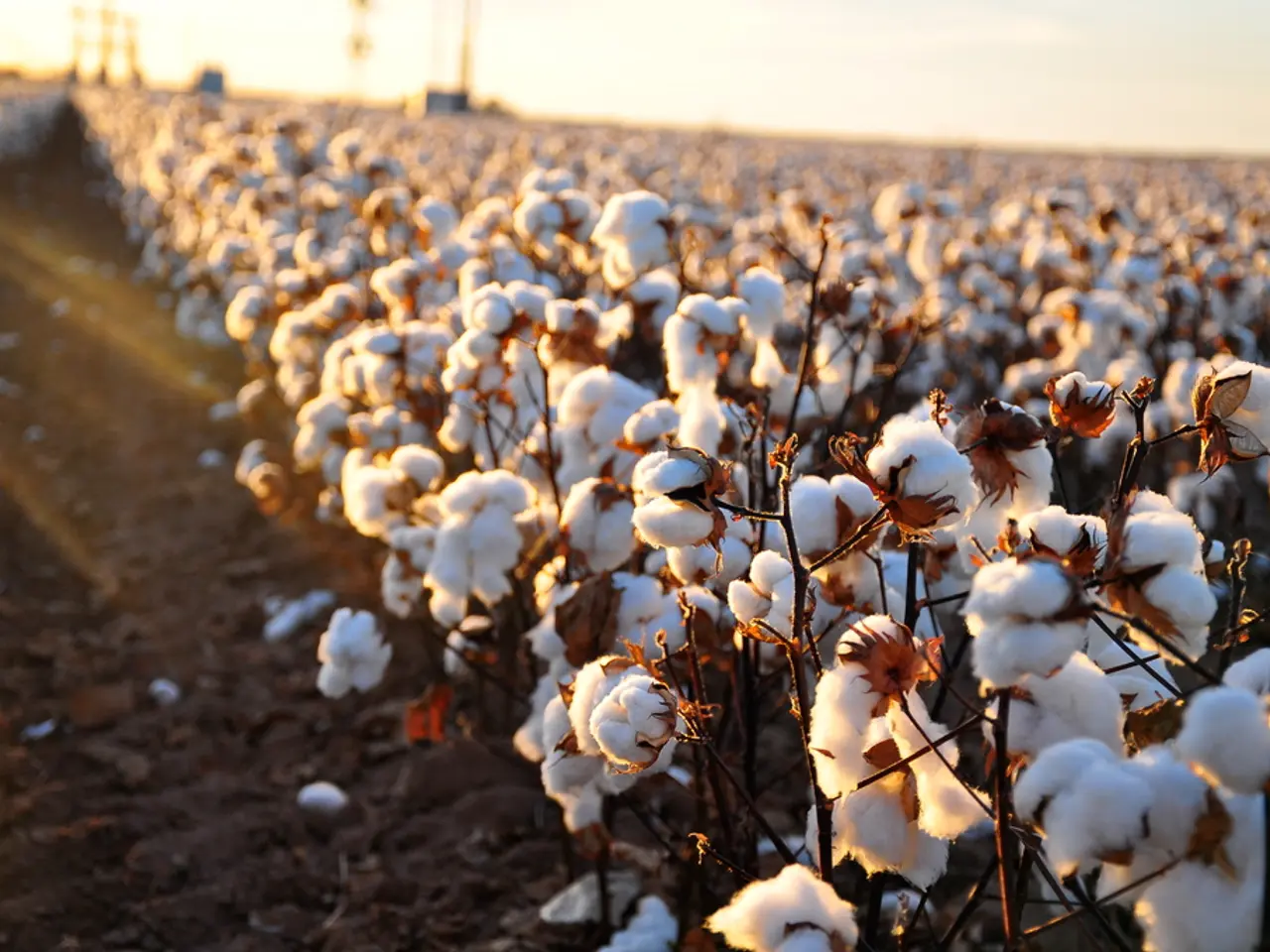Plants and Sandy Soil: An Ally or an Adversary?
In the world of gardening, soil plays a crucial role in the growth and health of plants. One type of soil that poses unique challenges is sandy soil, known for its light brown colour and grainy texture. Sandy soil is made up of large particles that leave gaps between them, allowing water and water-soluble nutrients to seep through easily. However, this characteristic also makes it challenging to retain moisture or nutrients for plant roots.
Sandy soil tends to drain well and warms up faster in spring than clay soils, making it an ideal choice for plants that prefer well-drained conditions. But, it's essential to note that sandy soil is usually acidic, which is not suitable for many plants and grasses. To improve the health of sandy soil, you can add amendments like compost, peat moss, or manure.
A layer of organic mulch around plants can help the soil retain water and nutrients, moderate soil temperature, and keep weeds out of your garden. When using drip irrigation in sandy soil, emitters must be positioned directly above the root zone because water moves rapidly downwards through sand.
When it comes to choosing plants for sandy soil, opt for those that are drought-tolerant or thrive in well-drained conditions. Here are some of the best plants for sandy soil:
**Perennials and Shrubs** - Yarrow (Achillea): Known for its fern-like foliage and clusters of small flowers. - Anise Hyssop (Agastache): A fragrant herb with tall spikes of colorful flowers. - Thrift (Armeria): Produces small, globular flowers in pink or white. - Artemisia: Known for its silvery foliage and is often used in gardens for contrast. - Butterfly Weed (Asclepias tuberosa): A low-maintenance plant attracting butterflies. - Coreopsis (Tickseed): Bright yellow flowers with a daisy-like appearance. - Lavender (Lavandula): Popular for its fragrance and purple flowers. - Catmint (Nepeta): Attracts pollinators and has gray-green foliage. - Russian Sage (Perovskia): A shrub-like perennial with silvery foliage. - Sedum (Stonecrop): Succulents that thrive in sandy soil with minimal watering. - Hen & Chicks (Sempervivum): Low-growing succulents ideal for rock gardens.
**Annuals and Vegetables** - Tomatoes: Can grow well in sandy soil if properly amended. - Peppers: Similar to tomatoes, they need adequate fertilization. - Bush Beans: Easy to grow and thrive in well-drained conditions. - Okra: Prefers sandy soil and full sun. - Zucchini: A warm-season crop that does well in sandy soil. - Carrots: Can be grown if the soil is amended to improve its structure. - Beets: Prefer well-drained soil, making sandy soil suitable with proper care.
**Succulents and Succulent-like Plants** - Short-Leaf Aloe (Aloe brevifolia): Produces coral-coloured rosettes. - Geranium (Pelargonium spp.): Some varieties are suitable for sandy soil and can repel mosquitoes.
These plants are well-suited for sandy soil due to their ability to thrive in well-drained conditions and often require less watering, making them ideal for xeriscaping or low-maintenance gardens.
To improve water retention in sandy soils, you can add organic matter such as compost, peat moss, or manure. With the right plants and proper care, sandy soil can be a fertile ground for a beautiful and thriving garden.
To further encourage plant growth in sandy soil, consider incorporating a layer of organic mulch around plants, which can help retain water and nutrients while moderating soil temperature and controlling weeds. Additionally, when using drip irrigation in sandy soil, it is essential to position emitters directly above the root zone since water moves rapidly downwards through sand.




